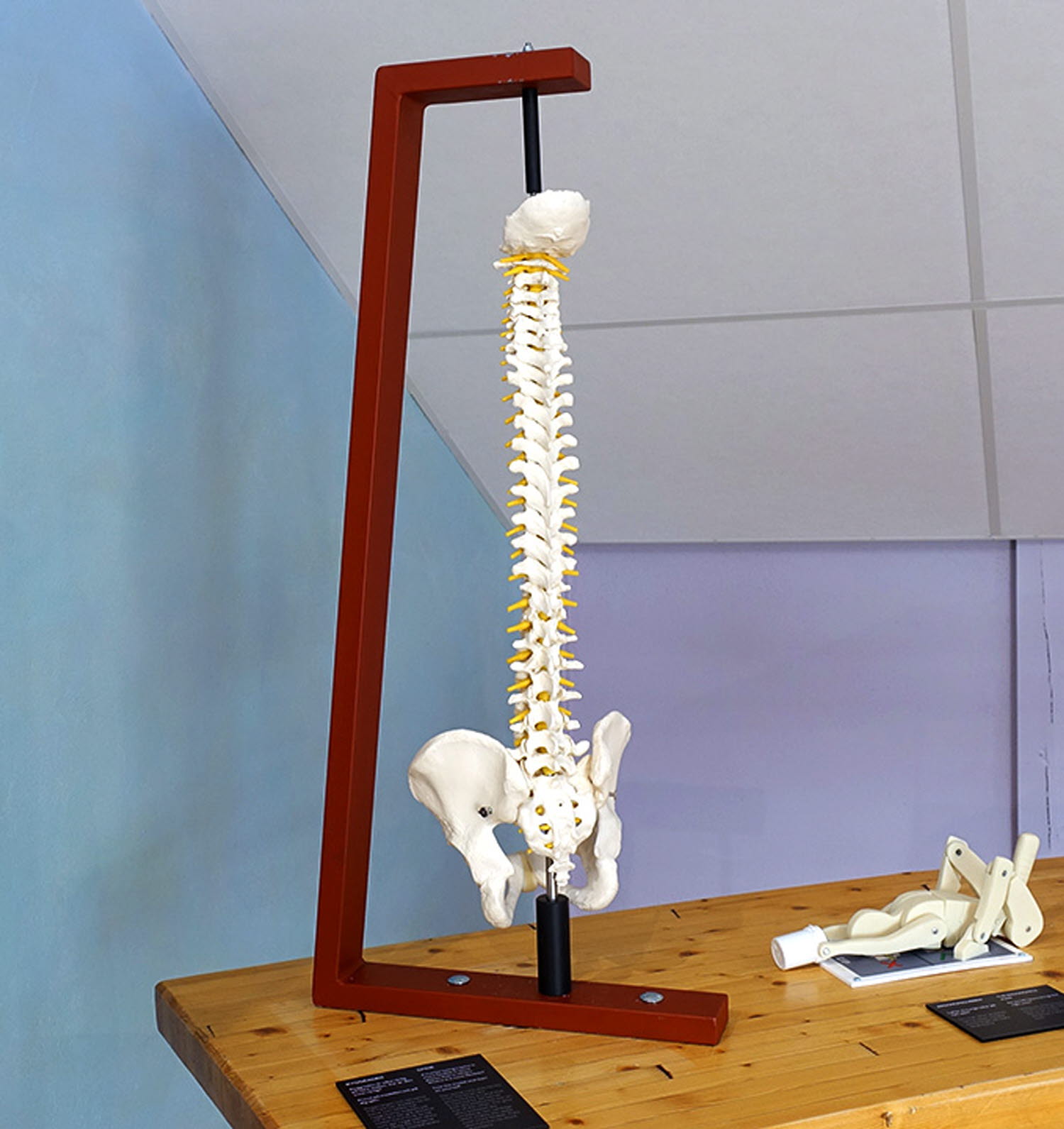
The Spine
A human being’s spine is more flexible in some places than in others. Where is it most flexible? Test the model and then on yourself!
The spinal cord and nerves from the brain are protected by a canal that is formed by the vertebrae stacked on top of each other. Each vertebra is shaped and moves differently. The cervical vertebrae (in the neck, directly below the skull) do not need to carry much body weight, so they are smaller and more mobile than the powerful lumbar (lower back) vertebrae. Slices of cartilage known as discs between the vertebrae and the spine’s S-shape enable the whole spine to move and absorb shock. The yellow part of the model shows the nerves and the red shows the blood vessels.
The cervical spine
Consists of 7 vertebrae. Nerves pass through the vertebrae and relay information between the head, neck, shoulders and arms.
The upper spine
Consists of 12 vertebrae. 12 pairs of ribs are attached to these vertebrae.
The lower back
Consists of 5 vertebrae. The lower back helps us distribute weight over our body.
The sacrum
Consists of 5 fused vertebrae. These vertebrae help stabilise the pelvis.









